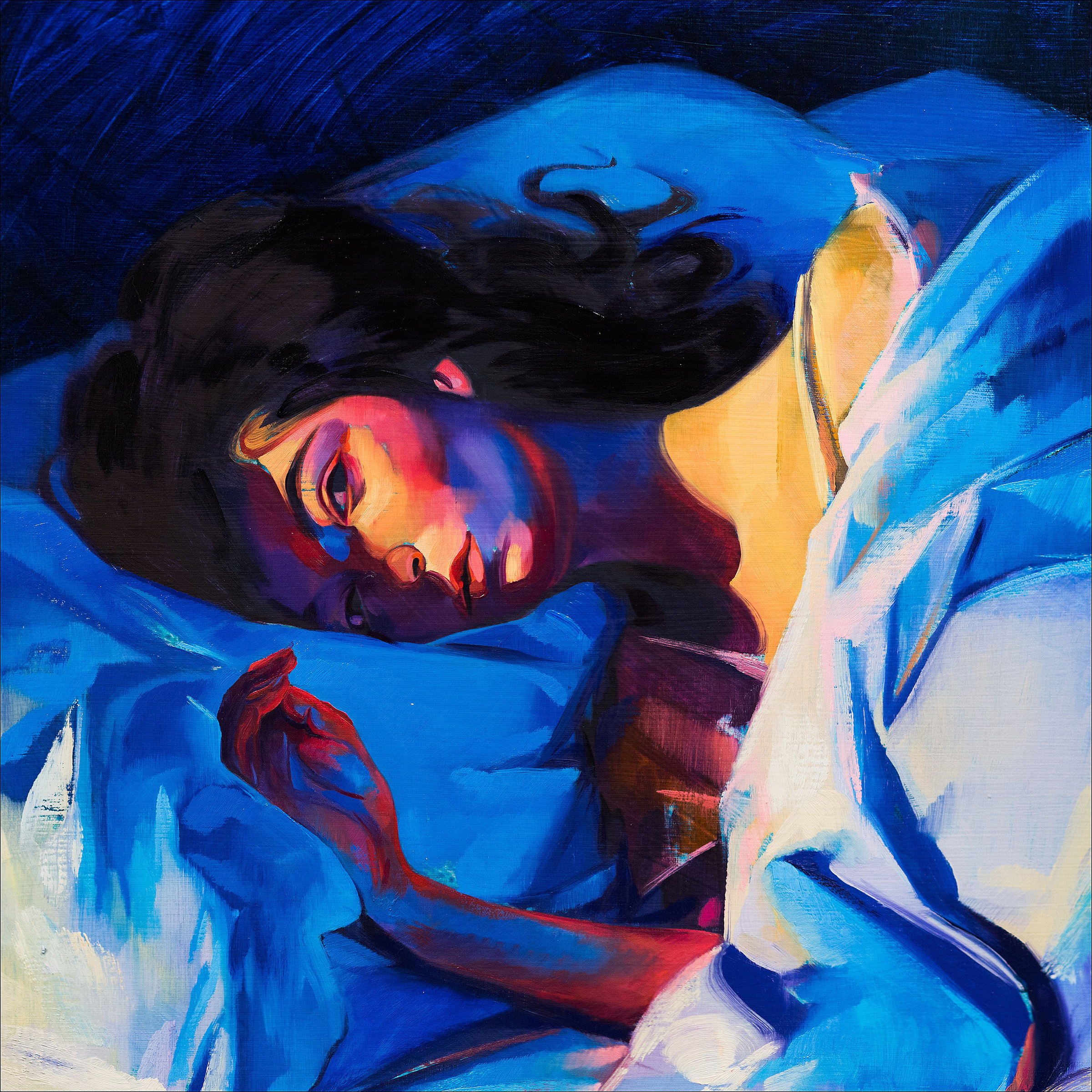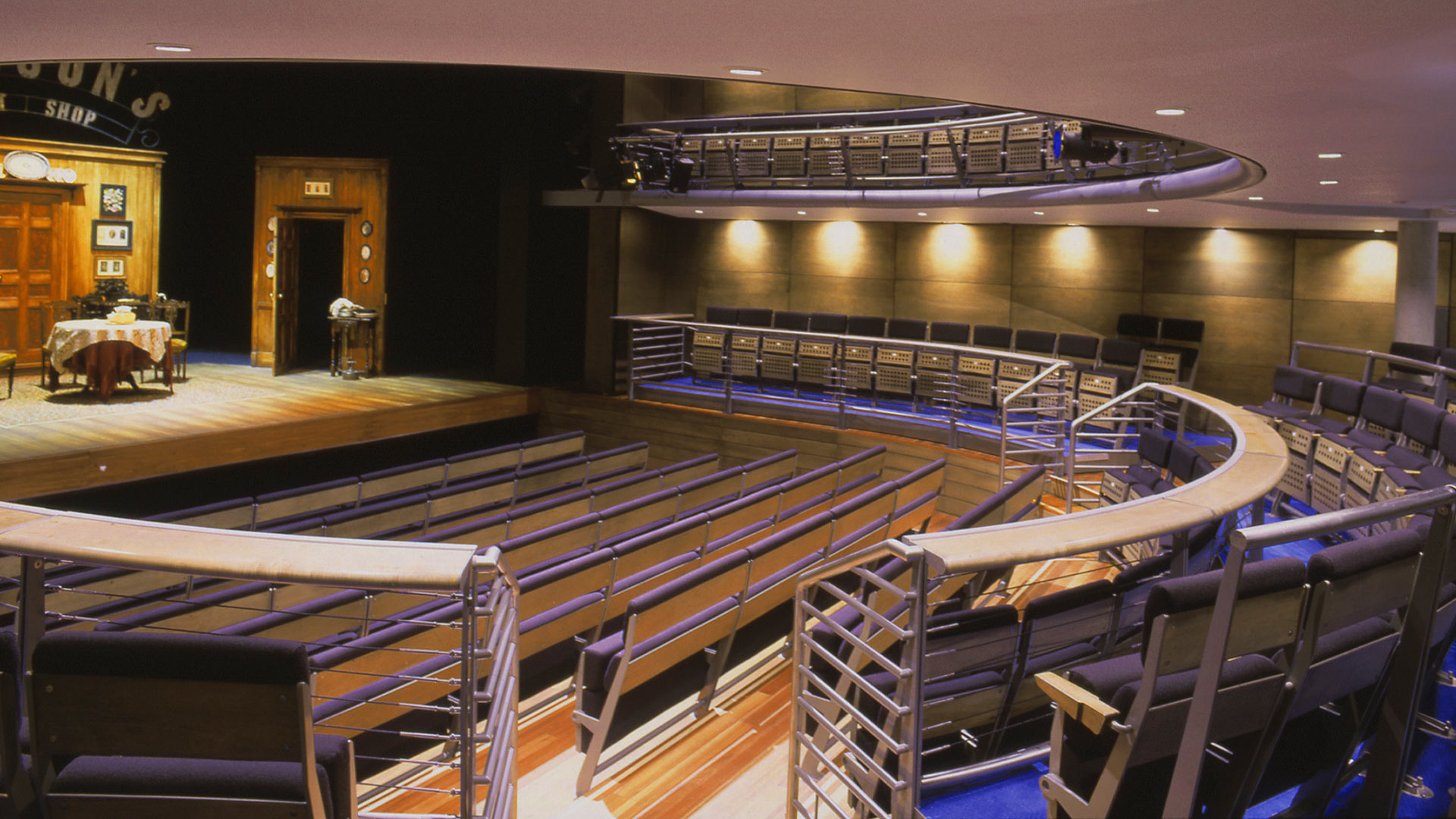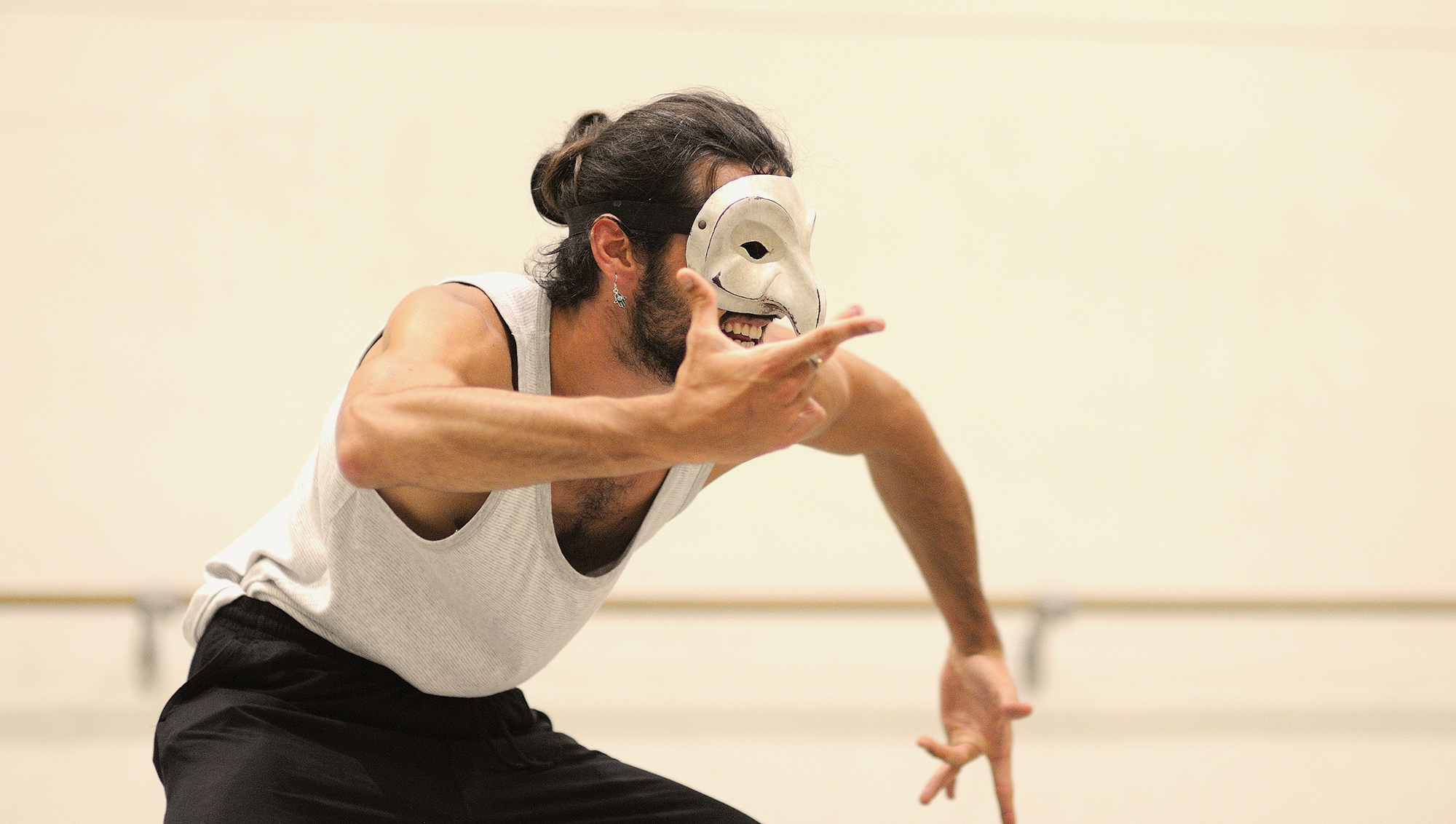Dramatic Art: The Heartbeat Of Human Emotions
Art has always been the ultimate form of expression, but dramatic art? Now that’s where the real magic happens. Imagine a world without theater, without performances that tug at our heartstrings or make us laugh until we cry. Dramatic art is not just about acting; it's about storytelling, connection, and transforming spaces into emotional landscapes. Whether you're an aspiring actor, a theater enthusiast, or someone who simply loves a good show, this article dives deep into the world of dramatic art and why it matters so much in our lives.
From ancient Greek amphitheaters to modern-day Broadway productions, dramatic art has evolved yet remained timeless. It’s the bridge between cultures, the voice of the voiceless, and the mirror reflecting society’s deepest truths. So, if you’ve ever wondered what makes dramatic art so powerful, you’re in the right place. Let’s explore together!
Before we dive in, let me set the stage for you. This article is packed with insights, fun facts, and expert opinions on everything related to dramatic art. Think of it as your backstage pass to understanding the magic behind the curtain. Ready? Let’s get started!
- Exploring The Timeless Appeal Of One Directions Popular Songs
- Discover The Magic Of Maroon 5s Albums A Journey Through Their Iconic Discography
What is Dramatic Art Anyway?
Okay, so you’ve heard the term "dramatic art," but what does it really mean? In simple terms, dramatic art refers to the art of performance, including theater, acting, and all the elements that bring stories to life on stage. It’s more than just memorizing lines; it’s about creating an experience that resonates with the audience.
Dramatic art is rooted in human history. Think back to the days of Shakespeare, Sophocles, and even earlier civilizations that used storytelling as a way to pass down traditions and lessons. Today, dramatic art encompasses a wide range of forms, from classic plays to experimental performances, musicals, and even film and television.
But here’s the kicker: dramatic art isn’t just for entertainment. It’s a powerful tool for education, therapy, and social change. It challenges us to see the world from different perspectives and encourages empathy and understanding. So, yeah, it’s kind of a big deal.
- Discover The Ultimate Family Dining Experience At Pizza Ranch North Liberty
- Comprehensive Guide To The Ny Dmv Henrietta Office
Key Elements of Dramatic Art
Now that we know what dramatic art is, let’s break it down into its core components. Here are some of the key elements that make dramatic art so unique:
- Characters: Every great performance starts with compelling characters. Whether it’s a tragic hero or a comedic sidekick, characters are the heart of any story.
- Dialogue: Words are powerful, and in dramatic art, they’re the primary tool for communication. Good dialogue can make or break a performance.
- Setting: The stage, props, and costumes all contribute to the setting, creating the world in which the story unfolds.
- Conflict: Drama thrives on conflict. Without tension or challenges, there’s no story to tell. Think of it as the spice that makes everything more interesting.
These elements work together to create an immersive experience for the audience. And let’s be real, who doesn’t love a good story?
The History of Dramatic Art
Let’s take a trip back in time to explore the roots of dramatic art. Believe it or not, theater has been around for thousands of years. The ancient Greeks are often credited with inventing theater as we know it today. They created plays that explored themes like love, war, and morality, and they even had festivals dedicated to drama.
Fast forward to the Elizabethan era, and you’ve got Shakespeare revolutionizing the art form. His plays, like "Hamlet" and "Romeo and Juliet," are still performed worldwide and continue to inspire new generations of actors and playwrights.
Today, dramatic art has evolved into countless forms. From immersive theater experiences to digital performances, the possibilities are endless. But no matter how it changes, the essence of dramatic art remains the same: to connect, inspire, and transform.
Fun Facts About Dramatic Art History
Here are a few interesting tidbits about the history of dramatic art:
- The first recorded play was written by the Greek playwright Aeschylus over 2,500 years ago.
- In medieval Europe, religious plays were performed to teach Bible stories to illiterate audiences.
- The first all-female cast in professional theater was introduced in the 17th century, breaking barriers for women in the arts.
Isn’t it fascinating how dramatic art has shaped history and continues to do so today?
Why Dramatic Art Matters
So, why should you care about dramatic art? Well, aside from being super entertaining, it plays a crucial role in society. Here are a few reasons why:
- Education: Dramatic art is a powerful teaching tool. It helps students develop critical thinking, communication skills, and creativity.
- Therapy: Many therapists use dramatic art as a form of therapy, helping individuals process emotions and trauma through role-playing and storytelling.
- Social Change: Throughout history, dramatic art has been used to shed light on important issues like inequality, discrimination, and human rights.
By engaging with dramatic art, you’re not just watching a show; you’re participating in a cultural conversation that can lead to real-world change. Pretty cool, right?
How Dramatic Art Impacts Our Lives
Let’s get personal for a moment. How has dramatic art impacted your life? Maybe you’ve seen a play that changed your perspective or attended a performance that left you speechless. Whatever the case, dramatic art has the power to leave a lasting impression.
Studies show that exposure to the arts can improve mental health, increase empathy, and even boost academic performance. So, the next time someone asks why you love theater so much, you’ve got science on your side!
Types of Dramatic Art
Not all dramatic art is created equal. There are many different forms and styles, each with its own unique characteristics. Here are some of the most popular types:
- Tragedy: Think Shakespearean plays like "Macbeth" or "Othello." Tragedies explore heavy themes and often end in sorrow or death.
- Comedy: On the flip side, comedies aim to make us laugh. They can range from slapstick humor to witty wordplay.
- Musical Theater: Who doesn’t love a good musical? This genre combines singing, dancing, and acting to create a truly immersive experience.
- Experimental Theater: For those who like to think outside the box, experimental theater pushes the boundaries of traditional performance.
Each type of dramatic art offers something different, so there’s bound to be something for everyone. Whether you’re into classics or cutting-edge performances, the world of dramatic art is vast and varied.
Which Type of Dramatic Art is Right for You?
Finding your niche in the world of dramatic art can be a bit overwhelming. Here’s a quick guide to help you decide:
- If you love intense, emotional stories, tragedies might be your thing.
- If you prefer light-hearted entertainment, comedies are the way to go.
- For a full sensory experience, musical theater is hard to beat.
- And if you’re all about innovation and creativity, experimental theater is perfect for you.
Ultimately, the best way to find your favorite type of dramatic art is to explore and experience as much as possible. So, get out there and see some shows!
The Benefits of Studying Dramatic Art
Thinking about pursuing a career in dramatic art? Great choice! Not only is it a fulfilling field, but it also comes with a host of benefits. Here are just a few:
- Creativity: Studying dramatic art allows you to tap into your creative potential and express yourself in new and exciting ways.
- Communication Skills: Acting requires strong communication skills, which are valuable in any profession.
- Confidence: Performing in front of an audience can be intimidating, but it also builds confidence and resilience.
Plus, the theater community is incredibly supportive and collaborative. You’ll meet like-minded individuals who share your passion for the arts. What’s not to love?
Challenges of Studying Dramatic Art
Of course, no career path is without its challenges. Here are a few things to consider before diving into the world of dramatic art:
- Competition: The entertainment industry is highly competitive, so be prepared to work hard and stand out.
- Financial Stability: While some actors and performers achieve great success, many struggle to make ends meet. It’s important to have a backup plan.
- Rejection: Rejection is a part of the business, but don’t let it discourage you. Every "no" brings you closer to a "yes."
Despite these challenges, the rewards of pursuing dramatic art can be life-changing. If you’re passionate and determined, the sky’s the limit!
How to Get Involved in Dramatic Art
Ready to take the plunge? Here are some steps to get you started in the world of dramatic art:
- Take Classes: Whether it’s acting, playwriting, or stagecraft, there are plenty of classes available to help you develop your skills.
- Join a Theater Group: Local theaters and community groups are always looking for new talent. It’s a great way to gain experience and network with others.
- Attend Performances: The more you see, the more you’ll learn. Watching live performances can inspire and educate you in ways you never imagined.
Remember, the key to success in dramatic art is practice and perseverance. Keep honing your craft, and don’t be afraid to take risks. The theater world is waiting for you!
Resources for Aspiring Dramatic Artists
Here are a few resources to help you on your journey:
- Books: Check out classics like "An Actor Prepares" by Constantin Stanislavski or "The Empty Space" by Peter Brook.
- Online Courses: Websites like Coursera and MasterClass offer courses taught by industry professionals.
- Workshops: Look for workshops and seminars in your area to gain hands-on experience.
With the right resources and dedication, you can achieve your dreams in the world of dramatic art. So, what are you waiting for?
Conclusion
In conclusion, dramatic art is more than just entertainment; it’s a powerful form of expression that connects us to our shared humanity. From its rich history to its diverse forms, dramatic art continues to evolve and inspire new generations.
So, whether you’re an aspiring actor, a theater enthusiast, or simply someone who appreciates a good story, I encourage you to explore the world of dramatic art. Who knows? You might just discover your new passion.
And don’t forget to leave a comment or share this article with your friends. Let’s keep the conversation going and celebrate the magic of dramatic art together. Thanks for reading!
Table of Contents
- What is Dramatic Art Anyway?
- Key Elements of Dramatic Art
- The History of Dramatic Art
- Fun Facts About Dramatic Art History
- Why Dramatic Art Matters
- How Dramatic Art Impacts Our Lives
- Types of Dramatic Art
- Which Type of Dramatic Art is Right for You?
- The Benefits of Studying Dramatic Art
- Challenges of Studying Dramatic Art
- How to Get Involved in Dramatic Art
- Resources for Aspiring Dramatic Artists



Detail Author:
- Name : Reginald Smith
- Username : ileuschke
- Email : cruickshank.foster@yahoo.com
- Birthdate : 1984-05-12
- Address : 5002 Ledner Rapids Suite 079 East Clevelandtown, LA 79236
- Phone : 701-216-4085
- Company : Hane Ltd
- Job : Logging Supervisor
- Bio : Quo autem est nesciunt facilis praesentium. Quidem sunt ut ipsum ab distinctio. Sit est porro iste.
Socials
facebook:
- url : https://facebook.com/ro'keefe
- username : ro'keefe
- bio : Enim quia nesciunt ipsam placeat cupiditate possimus voluptatem voluptatum.
- followers : 322
- following : 2055
twitter:
- url : https://twitter.com/randi_o'keefe
- username : randi_o'keefe
- bio : Quia id non ut beatae. Sunt ipsum cumque sapiente aut ea. Aut porro deleniti non voluptas qui id quaerat assumenda.
- followers : 3981
- following : 1882
tiktok:
- url : https://tiktok.com/@o'keefer
- username : o'keefer
- bio : Ut autem asperiores quae aut qui sit quasi.
- followers : 3755
- following : 1263
linkedin:
- url : https://linkedin.com/in/randi_o'keefe
- username : randi_o'keefe
- bio : Est aut ratione alias numquam sunt fugiat.
- followers : 155
- following : 2437